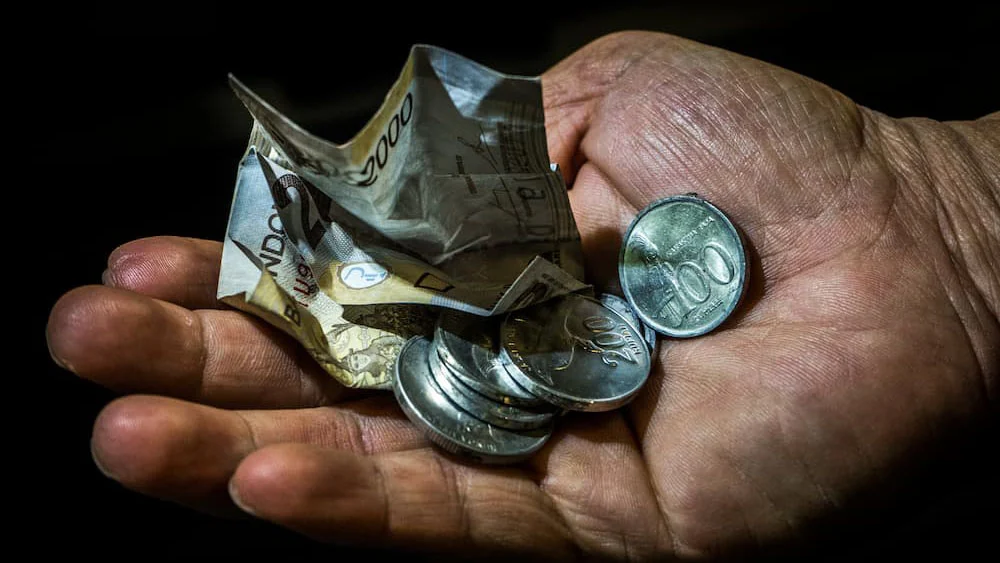Cryptocurrency reshaped the financial world by promising freedom from traditional institutions, yet it also exposed how easily human behavior responds to fear, greed, and uncertainty. Digital assets like Bitcoin and Ethereum rise and fall at speeds that catch even seasoned investors off guard. The volatility can feel chaotic, but beneath the surface, patterns emerge—patterns driven by the same forces that have shaped markets, nations, and civilizations throughout history.
The foundation of crypto is blockchain, a decentralized system designed to record transactions transparently and securely. It strips away intermediaries and offers an open ledger for anyone to inspect, appealing to those who distrust centralized authority. That transparency gives people confidence, but confidence alone doesn’t eliminate risk. Human nature still drives buying and selling, and markets rise or collapse based on emotion as much as mathematics. In biblical terms, people have always responded to the shifting winds of confidence and fear, often confusing speculation with wisdom.
Bitcoin, the first digital currency, behaves like digital gold. Its scarcity—just 21 million coins—creates a sense of inevitability that draws investors in during bullish cycles. Ethereum plays a different role, powering decentralized applications through its smart contracts. While both assets have proven resilience, their price swings reveal how quickly sentiment can shift. A single announcement, rumor, or geopolitical event can change everything within hours. Wisdom and patience become essential, especially in markets where hype moves faster than truth.
Beyond the major players, thousands of altcoins compete for attention. Some introduce meaningful innovation, while others are little more than digital replicas inflated by marketing. Just as ancient texts warn about following the crowd without understanding where it’s going, the crypto space is filled with projects that look promising on the surface but lack substance underneath. Research becomes an act of stewardship—evaluating the purpose behind a project, examining the team, testing the claims, and identifying whether the technology solves a real problem or merely promises one.
Institutional adoption increased credibility, pushing crypto further into mainstream finance. When major companies, hedge funds, and banks began holding digital assets, the market gained a level of legitimacy that once seemed impossible. But legitimacy invites regulation, and regulation introduces uncertainty. Governments across the world have begun tightening policies, shaping the future of digital assets through rules that can shift market momentum instantly. This tension between innovation and control is nothing new; it mirrors the timeless struggle between freedom and oversight found throughout history.
Market sentiment plays an outsized role in crypto. A tweet from an influential figure, the launch of a new partnership, or a sudden regulatory warning can send prices soaring or spiraling within minutes. Understanding sentiment is less about predicting emotion and more about acknowledging it. People are influenced by stories, promises, and fears. The crypto market magnifies these tendencies because it operates nonstop—24 hours a day, seven days a week—never giving the mind a chance to step back unless discipline is deliberately chosen.
Diversification remains a practical safeguard. Putting every dollar into one coin may feel bold, but it exposes you to unnecessary risk. Wise investors spread their assets across established cryptocurrencies, emerging projects with strong fundamentals, and sometimes even outside the crypto market entirely. Diversification is less about mistrust and more about humility—recognizing that even the smartest analysts cannot predict every shift.
The fear of missing out is one of the most powerful forces in crypto. It convinces people to buy at the top, panic at the bottom, and chase trends without understanding them. But emotional decisions often lead to losses. Setting boundaries—like stop-loss orders, long-term plans, and predetermined allocations—helps protect you from those moments when emotions run louder than logic.
The regulatory landscape continues to evolve. The SEC’s increasing focus on crypto exchanges and token offerings reflects an attempt to protect investors from scams and manipulation. Meanwhile, countries like El Salvador treat Bitcoin as legal tender, illustrating how differently nations view digital currency. These contrasting approaches remind us that crypto is not just a technology; it’s a battlefield of competing ideas, values, and visions of economic power.
Crypto holds immense potential, but potential alone isn’t a guarantee. Blockchain is a remarkable innovation, yet markets driven by human emotion require discernment. That discernment is what Scripture often calls wisdom—seeing beyond the surface, resisting impulses, and building on foundations that last. When you approach crypto with patience, research, and a long-term mindset, you’re less likely to fall into the traps that ensnare so many.
Navigating digital assets isn’t about chasing every wave of excitement. It’s about learning how money, technology, and human nature interact—then making decisions that align with truth rather than pressure. When you combine diligence with humility and a steady hand, you can move through this new financial frontier with confidence, clarity, and the self-control that protects you from unnecessary loss.






